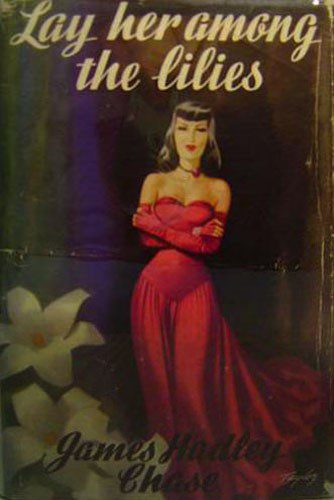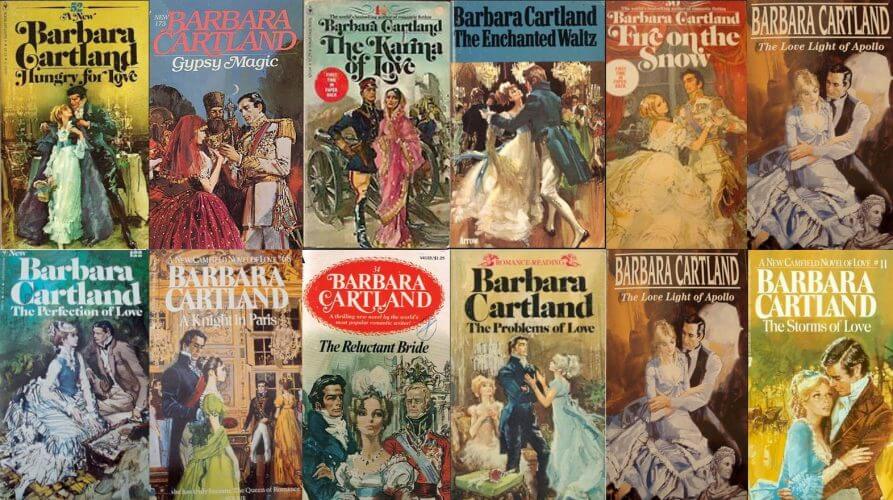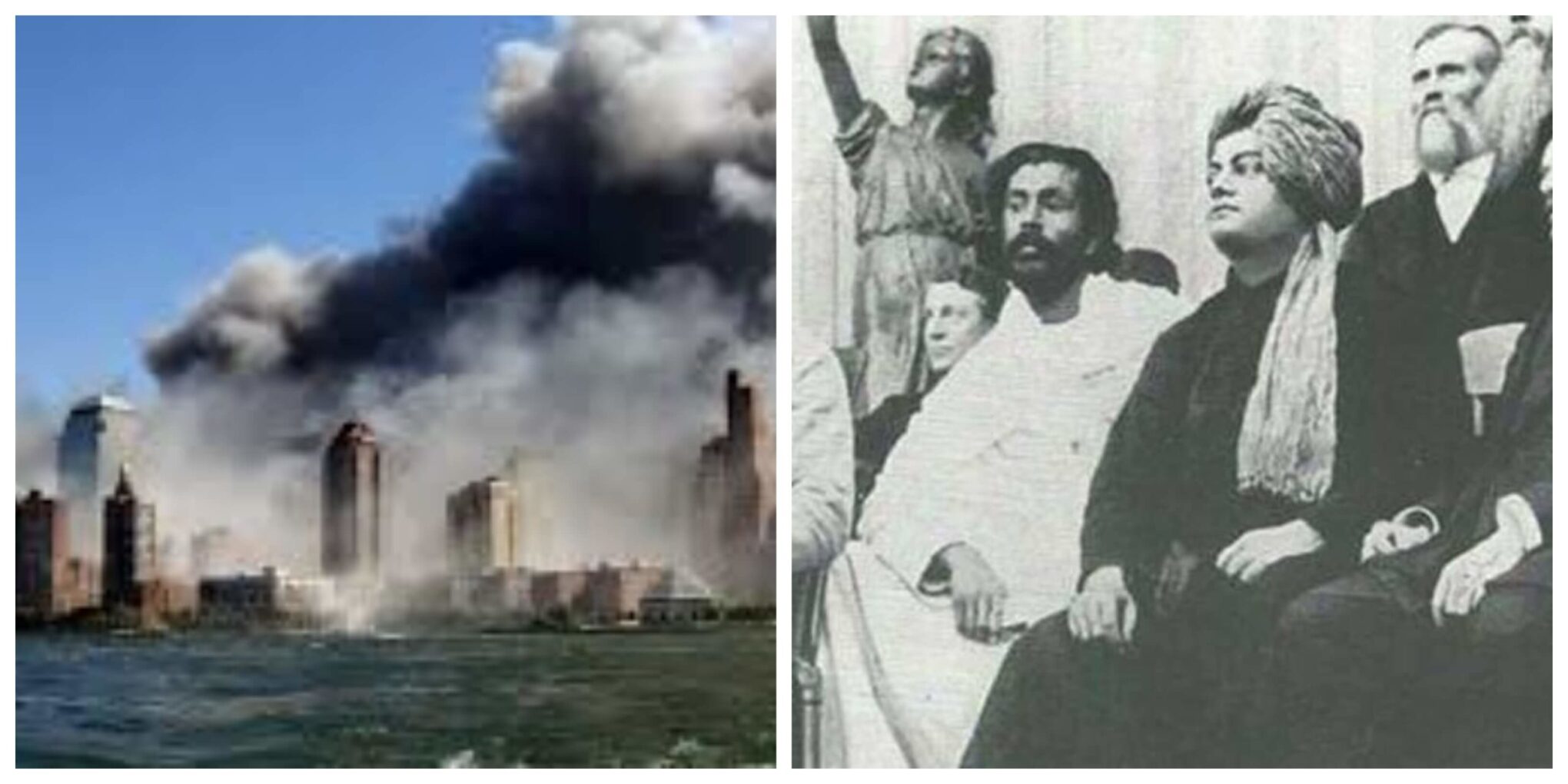Ruchira takes us to the bygone eras when TV and the Internet were not in vogue. Teenagers relied on pocket-friendly catchpenny novels. An exclusive for Different Truths.

It was the late 70s and early 80s, very few households had television sets. Going to the cinema was a rare occasional treat. Therefore, by way of entertainment teenage, college-goers like me had to remain content with reading books and novels. Well, classic literary works in diverse languages were meant for eclectic discerning readers. Teeny boppers like us looked for fluttery, emotional, thrilling, and sensational novels; the ones that would set our hearts thumping, and our imagination soar to dizzy heights, away from the crass realities of the mundane world, into a realm of fantasy. An important point to bear in mind was that most of us were allowed a limited amount of pocket money. Consequently, youngsters like me zeroed in on thrillers, which were pocket-friendly and widely available.
Teeny boppers like us looked for fluttery, emotional, thrilling, and sensational novels; the ones that would set our hearts thumping, and our imagination soar to dizzy heights, away from the crass realities of the mundane world, into a realm of fantasy. An important point to bear in mind was that most of us were allowed a limited amount of pocket money. Consequently, youngsters like me zeroed in on thrillers, which were pocket-friendly and widely available.
Among such thrillers, Barbara Cartland occupied pride of place. She was most aptly hailed as the queen of romance. Her novels were populated with aristocrats, nobles, dukes and counts galore. There was no dearth of gorgeous women looking for love. The author happily let the chemistry happen. The pretty damsels met gallant men, fell in love instantly and finally were swept off their feet. After a series of misunderstanding, deception, and betrayals, things were brought back on the rails and everything was nice and beautiful once more. I seem to recap a few titles like, Say Yes Samantha, Wings on My heart.
The deluge of prolific romantic thrillers produced under the banner of London based Mills & Boon was far more delightful. There were so many titles to pick and choose from. The stories followed similar patterns: the female protagonists met the male heroes usually under strained circumstances; altercation and animosity followed; slowly with new developments both the hero as well as the heroine mellowed a bit, learning to tolerate one another. Still, later unforeseen events brought them so close that they realised they couldn’t live without each other. The tales mostly ended with promises to live together till death did them part. The leading men were by and large tall, dark and handsome with taut skin, granite-like features, and virility oozing from every fibre of their being. This was further accentuated by their drawls or baritones, in most cases. No wonder the heroines succumbed easily. When the stories reached their crescendo, the couple was depicted as engaged in fiery passionate lovemaking. The locales of the novels were rather exotic: from New Zealand to rural Greece, the vicinity of an Inca village Peruvian Andes, European metros, while not forgetting the sleepy British countryside. They took you on a virtual world tour! Did you know, the crowning glory of the series was Anne Mather’s Leopard in the Snow, which was rendered into a hugely popular flick during the late 70s?
The leading men were by and large tall, dark and handsome with taut skin, granite-like features, and virility oozing from every fibre of their being. This was further accentuated by their drawls or baritones, in most cases. No wonder the heroines succumbed easily. When the stories reached their crescendo, the couple was depicted as engaged in fiery passionate lovemaking. The locales of the novels were rather exotic: from New Zealand to rural Greece, the vicinity of an Inca village Peruvian Andes, European metros, while not forgetting the sleepy British countryside.

James Hadley Chase was another popular author on the block. His novels were chockablock with crime, adventures, sleaze and oodles of sex. Quite naturally a good many of them became bestsellers. The plot of the novels was prosaic, highly predictable: The protagonist attempted to acquire wealth committing a crime e.g., insurance fraud, embezzlement and theft. Unfortunately, his schemes would go haywire and end up in murders being committed. A large number of gorgeous, clever and sensuous women played key roles in the scheme of things. They were ready to murder in cold blood if need be. What is more, such treacherous females often pretended to fall in love with and thereby instigated the protagonist to kill. After the deed was done, the protagonist realised to his horror that the pretty seductress was merely manipulating him. Chase’s outstanding works of works figure Lay Her Among the Lilies, and No Orchids for Ms Blandish, which resulted in a potboiler film.
This was so many years ago. The works of the writers mentioned still adorn the shelves of bookstores, but their popularity has declined. Who is to blame? Enterprising young authors. The Internet. Who knows?
Photo from the Internet






 By
By
 By
By
 By
By
 By
By